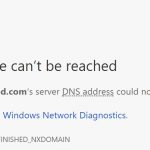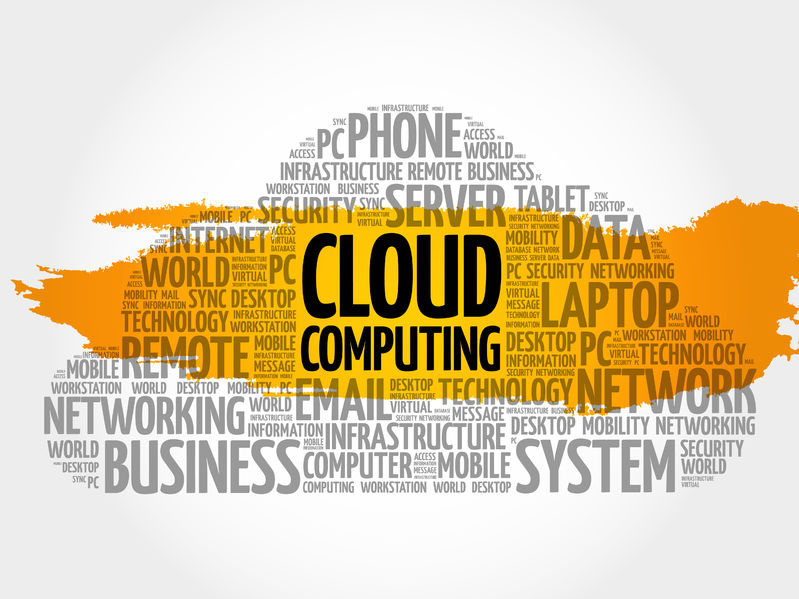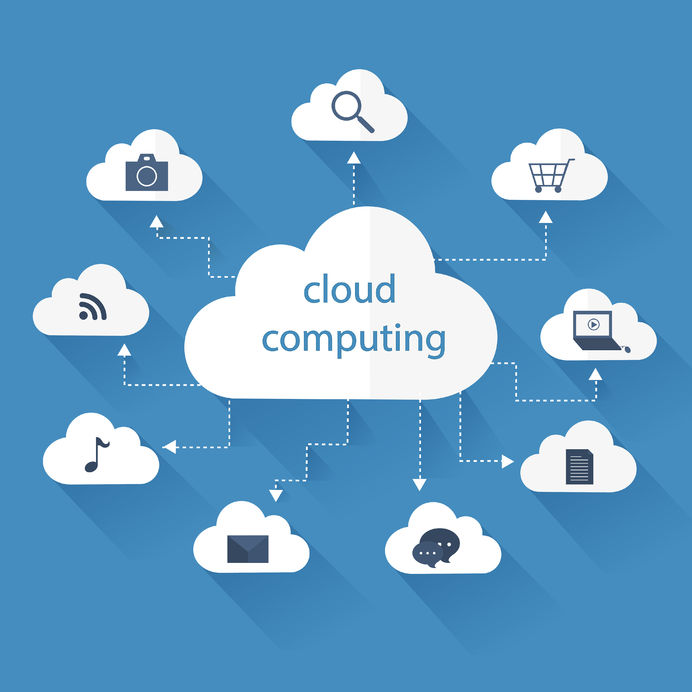It took a long time until businesses started to understand the cloud. Why it is more practical to use a subscription model with update options instead of buying all the hardware yourself and taking care of it through the years? The “fluffiest” and biggest cloud which is leading this revolution is the Amazon Web Services (AWS). AWS is an IaaS and a PaaS provider, but to better understand it, let’s see the main components.
Amazon S3
Amazon S3 is an excellent backup product. With 99.99% durability, and the ability to retrieve data from various sources like web sites, mobile applications and more. It also provides data analysis tools, a high level of security and integration with third-party tools.
AWS Data Transfer
It has more than a few data transfer services like Kinesis, AWS Snowball and AWS Direct Connect. Kinesis is a real-time streaming data analysis tool. It is flexible, and it can work with audio, video, clicks and more. The AWS Snowball is for a large data transfers at low cost. The transfers are protected with encryption. The last of this group is the AWS Direct Connect is to connect your data center with the AWS and use the whole ecosystem of Amazon.
Amazon EC2
Amazon Elastic Compute Cloud is a scalable computing cloud. The users can choose how much power they need and how much storage. If the user needs more computing power, he or she can easily upgrade.
Amazon SNS
Amazin Simple Notification Service is a managed pub/sub messaging and notification service. It serves well for delivering a large number of notifications to subscribers. It provides APIs for easy integration.
Amazon KMS
Key Management Service is for security. Users can create encryption keys and encrypt data. It is straightforward to integrate with the rest of the services of AWS.
Amazon Lambda
Lambda is a fast way to run codes. If you have mistaken and the code doesn’t run, you don’t pay. You can run various applications. The code that you upload can be triggered by one of the rest of the services of AWS which is great.
Route 53
Amazon’s Route 53 is a DNS service. It is a good service, but it can be hard to calculate for the average user because it is not based on one monthly payment, but a pay-what-you-use model.
Pros and cons of AWS
+Easy to scale and manage capacities. You can add more computing power when you need it.
+Cheap storage in comparison with some of the competitor.
+Global reach. You can expand your business internationally with AWS.
+AWS ecosystem. The services inside are made to work well with each other.
+API support that lets you use the services with other software.
-Depending on your need, it can be actually more expensive in comparison with the competition.
-Confusing billing. It might be very hard to understand what exactly are you paying.
-AWS is complicated. It takes time to learn how to use it and integrate it with your business needs.
-It is not 100% bulletproof. Even a service that big, has been down due to attacks more than several times.
AWS is a behemoth in the cloud scene, no doubt about it. Is it suitable for your business needs? It is hard to tell. If you want to learn more, we recommend you to read our comparison between AWS vs Microsoft Azure vs Google Cloud.
Hi, I’m Martin Pramatarov. I have two degrees, a Technician of Computer Networks and an MBA (Master of Business Administration). My passion is storytelling, but I can’t hide my nerdish side too. I never forgot my interest in the Hi-tech world. I have 10 years and thousands of articles written about DNS, cloud services, hosting, domain names, cryptocurrencies, hardware, software, AI, and everything in between. I have seen the Digital revolution, the Big migration to the cloud, and I am eager to write about all the exciting new tech trends in the following years. AI and Big Data are here already, and they will completely change the world!
I hope you enjoy my articles and the excellent services of ClouDNS!





